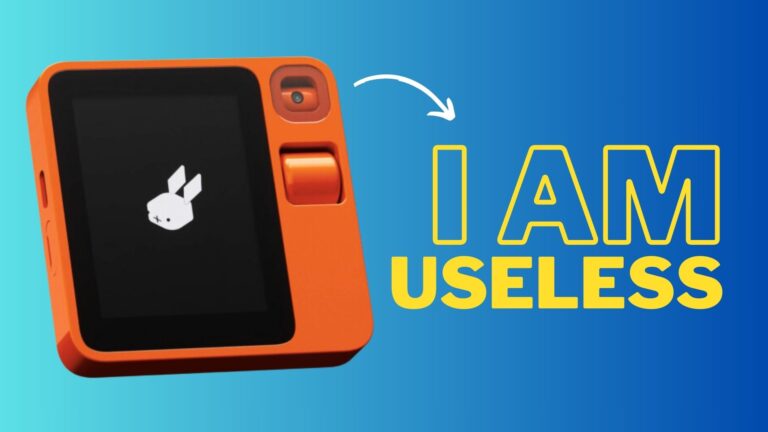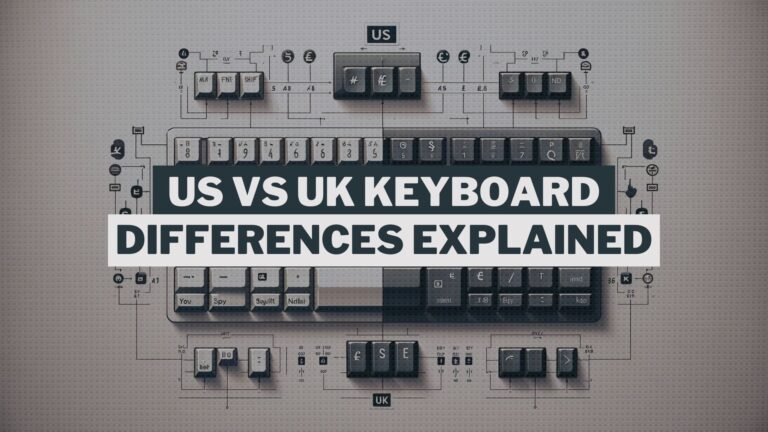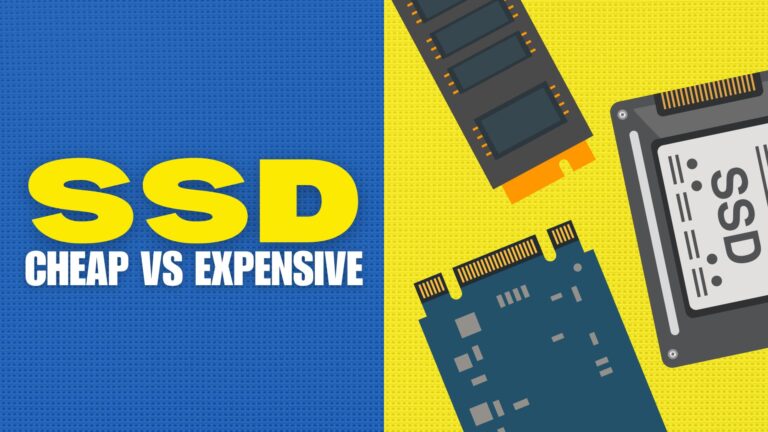The world of marketing has never been the same since the emergence of the digital signage technology in the late 1990s to early 2000s. This innovation made it possible for advertisers to increase their reach exponentially, knowing that display screens can show ads 24/7 at malls, bus stations, and other public areas.
If you have plans on using transparent LED screens for your signage, this post is for you. In this shopping guide, we’ll walk you through the features and types of displays you might like to consider.
Key Features
Display screens don’t come cheap. So, make sure to buy a unit you can use for a long time to enjoy high ROI. The following are the marks of quality transparent led screens you should look for:
- Heat removal system – Like all other electronic devices, LED display screens generate high heat levels. Without an effective heat removal system, the screen will face untimely wear and tear.
- Brightness adjustment technology – LED display screens are a perfect platform for both indoor and outdoor advertising. However, the unit needs to have a top-notch brightness adjustment technology for it to be used in all environment types. This feature also ensures the graphics are eye-friendly for the viewers.
- Digital noise reduction system – Digital noise refers to visual inconsistencies (e.g., colour variations, brightness distortions). As images with too much noise are distracting, make sure to find an LED display unit with screen driver chips that control the noise and the screen’s contrast. For example, a 2D filter is a good one to have to minimize the image noise of low light pictures.
- Protection technology – Opt for an LED display unit with dust-proof components, as well as UV-resistant and weather-proof protection systems.
A Closer Look at Pixel Pitch, Resolution, and Definition
You’ll encounter these three terms as you shop because these will greatly affect the rendering of images.
In a gist, pixel pitch refers to pixel density, which is crucial to the resolution and clarity of the graphics. For example, a unit that delivers a pixel pitch of 1.25mm renders graphics that can be viewed comfortably from a distance of 7ft. Compare that to a display screen with a pixel pitch of 2.00mm that allows viewers to view the graphics at a distance of 11ft and 3in.
One thing to remember, though, is that display screens with better resolution, definition, and pixel pitch usually cost more.
Types of Transparent Displays You Can Buy
The transparent display market is a growing sector. A market report shows that the industry was valued at USD 0.41bn in 2018. And experts say it’s going to reach USD 2.59bn by 2023. That’s why the public can also expect a wealth of models, brands, and innovative add-on features.
Before you go shopping, take note of and choose one of the following types of transparent led screens available to you:
- LCD – This option comes with a transparent screen substrate that makes white pixels appear opaque. With this substrate, advertisers can reveal or hide graphics gradually. LCD screens also come with touch capability, allowing viewers to interact with the graphics. Like other transparent displays, this could be used in shop windows, appliances, and display furniture.
- OLED – This screen type boasts of a fully transparent surface, which allows viewers to see the graphics on display, as well as through it. As this type comes with its own set of light-emitting diodes, it doesn’t need a backlight to produce highly visible images. Although it is a relatively new technology, this display screen type is now used in interactive games, digital signage, and interactive booths.
- Clearview – This type boasts of an impressive diffusion projection tech that gives graphics a holographic effect. Clearview display comes with an acrylic screen that gives a vibrant and sharp image quality. This makes it highly flexible and usable even in an environment with bright lights.
A top-quality transparent LED display screen can last up to 9 to 10 years. So, plan your purchase carefully. Consider all the possible factors that could affect the price, such as the screen type, model, brand, features, and usage. Although maintenance matters in preserving the unit, it helps to give yourself a good head start by making sure you get a great deal.







